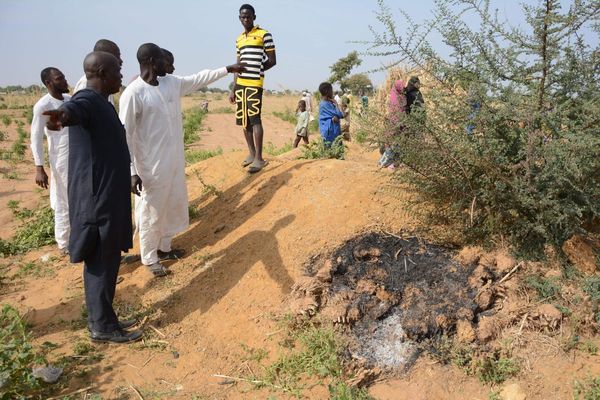
March may be the first month of meteorological spring but switching the woolly coat for a lighter jacket may have to be put on hold. Forecasters have said temperatures are likely to be slightly colder than usual this year in the UK.
As February drew to an end, the Met Office said parts of the country had increased chances of snow, frost and fog in the coming weeks. The odds of wintry showers were particularly short in the first week of March, it said, with coastal areas in the northern and eastern areas of the UK likely to feel it first, before the cold weather moves southwards.
Mark Sidaway, a deputy chief meteorologist with the Met Office, said forecasters had detected a phenomenon that helped produce a record-breaking cold spring in 2018. But he added that the chances of similarly severe weather this year were low.
England had its driest February in 30 years, according to provisional figures from the Met Office. Just 15.3mm of rain fell, with Bedfordshire, Greater London and Essex among the driest areas, putting last month among the top five driest Februarys on record.
Essex was the county with the least amount of rain – just 3.5mm, which is 8% of the average. The UK as a whole had less than half the average rainfall for the month, at 45%, with 43.4mm falling.
Scotland was the only country to buck the trend, with 69% of average rainfall, while Wales and Northern Ireland suffered dry spells, with 22% and 34% respectively.
Sidaway said a sudden stratospheric warming – an atmospheric phenomenon above the north pole – had been seen. This can cause westerly winds around the pole that normally hem in the intensely cold winds to start moving to the east. In 2018, this brought intensely cold Arctic Siberian air to the UK.
He added: “Although we have had a sudden stratospheric warming event and other drivers pointing towards colder conditions in March, at this stage there is a low probability of having widely disruptive winter weather like that of five years ago in March 2018.
“At that time, a large area of high pressure became established over Scandinavia, providing a feed of cold air all the way from Arctic Siberia. This brought intense cold to the UK.
“We are expecting an area of high pressure to become increasingly established in an area toward Greenland. This will allow a northerly flow to feed colder air into at least the northern and eastern half of the UK bringing wintry showers.
“The extended outlook shows the possibility for a series of areas of low pressure to come across the Atlantic, and these bring the potential for some more widespread snowfall as they encounter the cold air, although the location and timing of these is very uncertain for now.
“The exact positioning of the high pressure will be key and will greatly affect what weather we see in the UK.”
The Met Office said the most likely scenario was for colder and settled weather, with wintry showers perhaps affecting some northern and eastern – mainly coastal – areas at first.
“This colder regime moving south across much of the UK, increasing risk of wintry showers, perhaps snow to the higher ground in the north. Temperatures are likely to be below average,” they added.
Forecasters said they were less confident about predictions for March after the first week, though they said the conditions were present for continued colder-than-average weather.
“Spells of rain become more likely, with a chance that some areas could see snow. Some wintry episodes could be disruptive with a combination of snow and strong winds. North-west areas of the UK have the highest chance of remaining drier than average.
“Temperatures are most likely to be below average overall during at least the first half of March. But values are expected to be nearer average overall later on. Within this, shorter colder spells remain possible.”







